


Theme
5AA Evaluation of the teacher
INSTITUTION
Medical education research center, Chang Gung Memorial Hospital, Linkou, Taiwan
Chang Gung University College of Medicine, Taiwan
Chang Gung University College of Management, Taiwan

Clinical teachers are asked to play many roles. So, it needs an objective, fair, and comprehensive system to assess the performance of the clinical teachers. The multisource assessment, also called 360-degree assessment, is a well-known evaluation method in the fields other than the medical field. We want to use it to assess out clinical teachers. For constructing a multisource assessment framework for clinical teachers, we have to know the difference of assessment priority between assessors from different sources.
Research questions:
For the initiation of assessing a clinical teacher in a fair way, we want to know:
- Who are the suitable sources for clinical teacher assessment ?
- What are the suitable domains for clinical teacher assessment ?
- What are the relationships between the sources and domains?
We defined the assessment sources of multisource assessment framework for clinical teachers according to the teaching environment in our institute. We listed the possible domains for assessing the clinical teachers according to literature review. Then we designed a questionnaire to find the suitable domains and aspects for assessing teachers.
Five assessment domains are teaching ability, assessment capability, personality, interpersonal relationship, and teaching planning.
Twelve to sixteen aspects of each domain were list in the questionnaire.
The participants were asked to give a score to each domain and aspect
1 : strongly disagree
2 : disagree
3 : agree
4 : strongly agree
The statistical methods were applied for analysing the results.
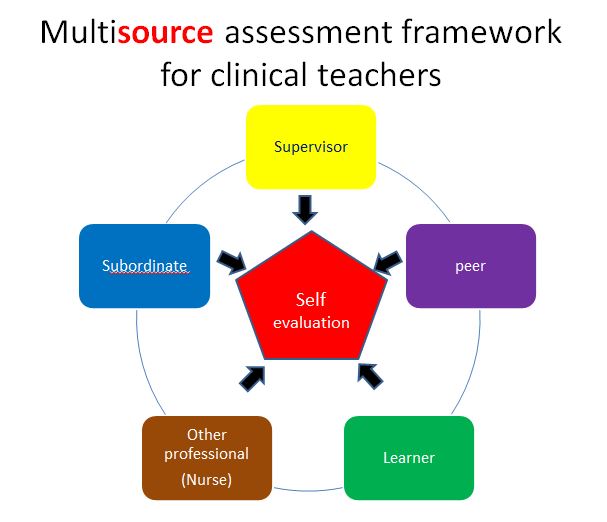
.jpg)
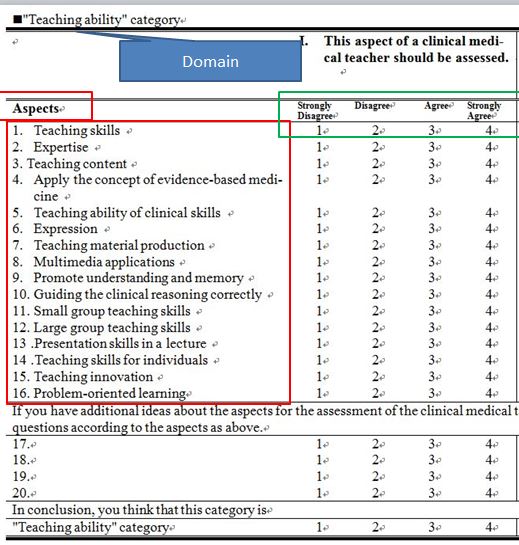
About assessment of clinical teachers, assessors from different sources had both similar and different opinions about the assessment priority.
This questionnaire survey helped us to find the similarity and difference of the assessing focuses between assessors from different sources. It assisted us to construct a well-designed multisource assessment for clinical medical teachers.
1. Joshi R, Ling FW, Jaeger J. Assessment of a 360-Degree Instrument to Evaluate Residents’ Competency in Interpersonal and Communication Skills. Academic Medicine 2004;79(5):458-463.
2. Harden RM, Crosby J. AMEE Guide No 20: The good teacher is more than a lecturer: the twelve roles of the teacher. Medical Teacher 2000;22(4):334-347.
3. Johansson J,Skeff K, Stratos G. Clinical teaching improvement: The transportability of the Stanford Faculty Development Program. Medical Teacher 2009;31:e377–e382.
4. Snell L, Tallett S, Haist S, Hays R, Norcini J, Prince K, Rothman A, Rowe R. A review of the evaluation of clinical teaching: new perspectives and challenges. Medical Education 2001;34(10):862-870.
5. Litzelman DK, Stratos GA, Marriott DJ, Skeff KM. Factorial validation of a widely disseminated educational framework for evaluating clinical teachers. Academic Medicine 1998;73(6):688–695.
6. Williams BC, Litzelman DK, Babbott SF, Lubitz RM, Hofer TP. Validation of a global measure of faculty’s clinical teaching performance. Academic Medicine 2002;77:177–180.
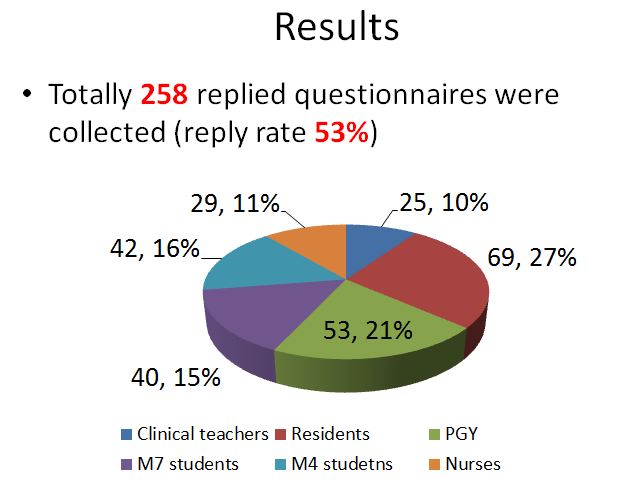
.jpg)
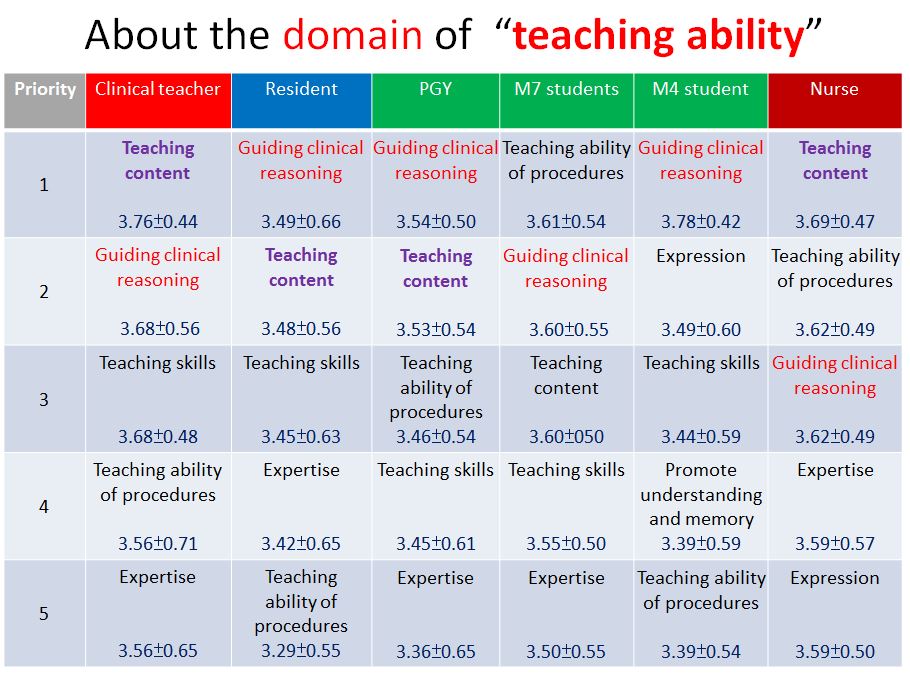
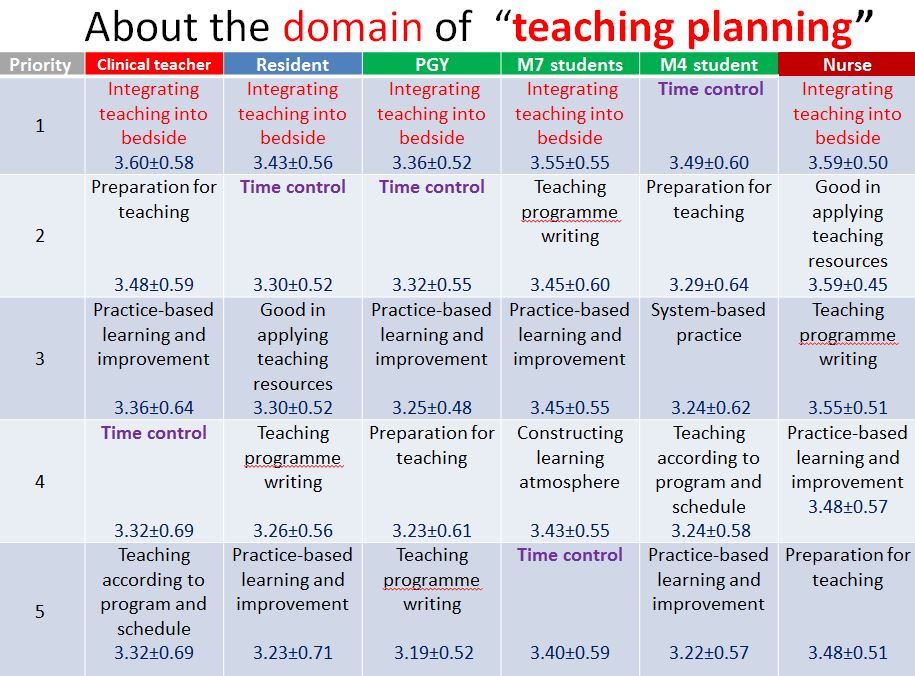
 Send Email
Send Email